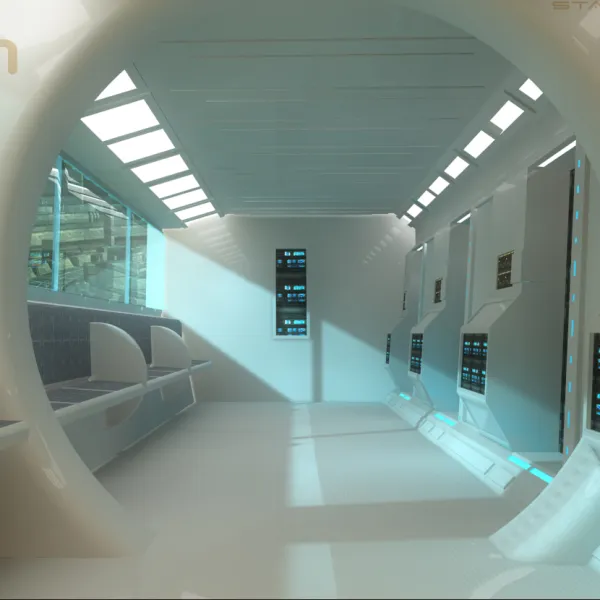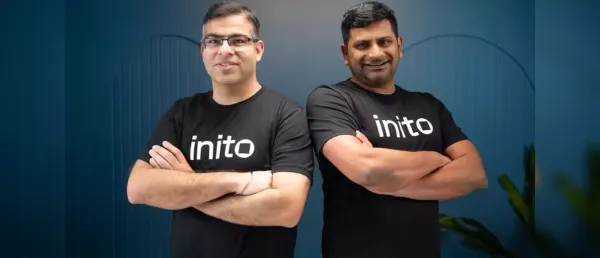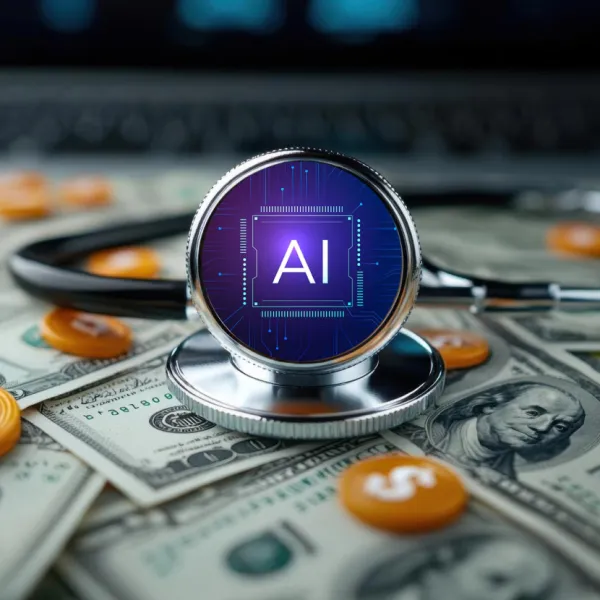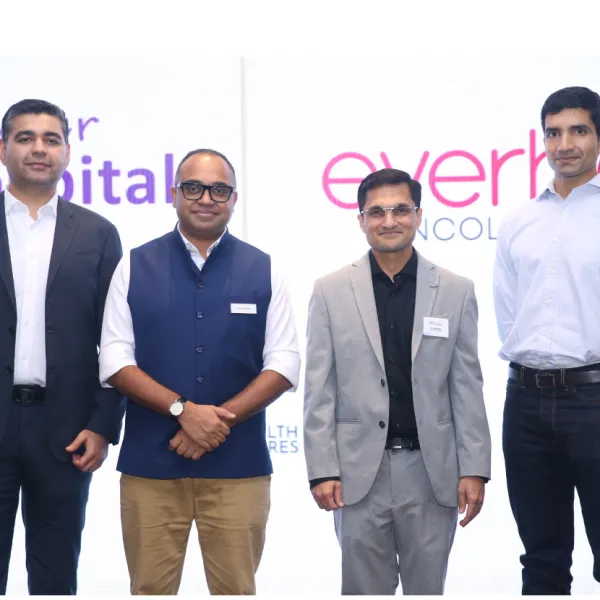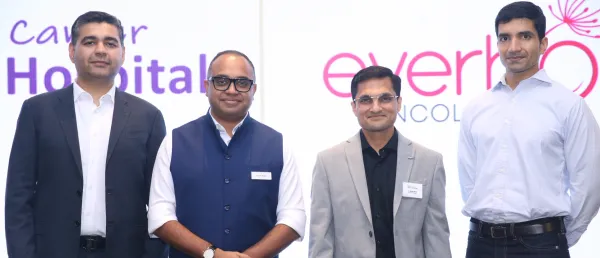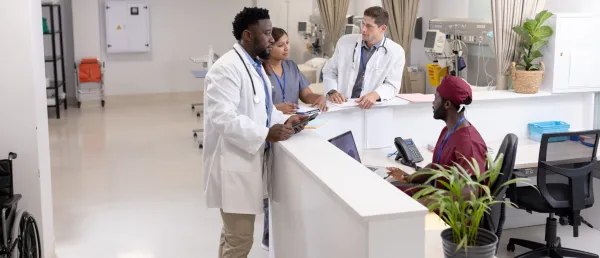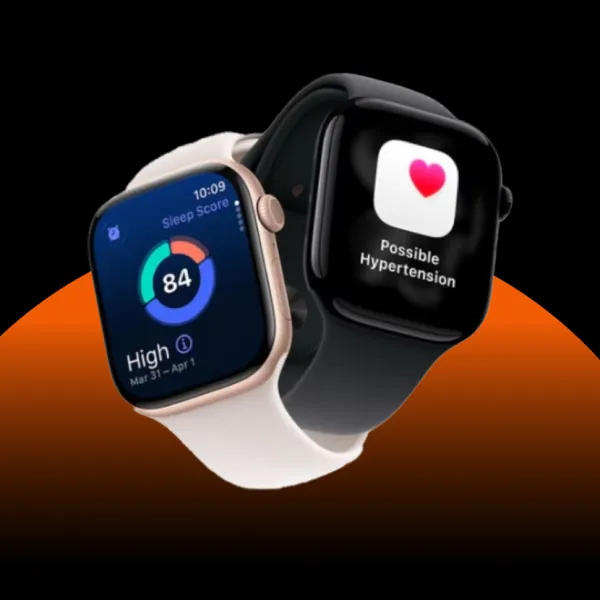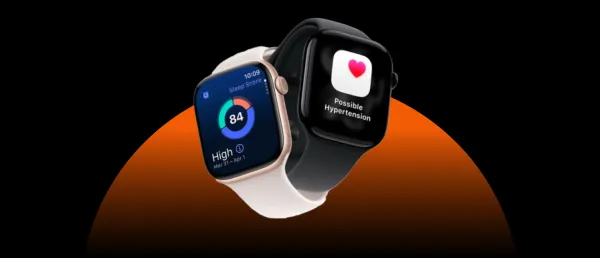Telehealth Takeover: The New Era of Virtual Care

Telehealth, also known as telemedicine or eHealth, is revolutionizing healthcare by using digital technology to deliver remote services. With just a smartphone, tablet, or computer, patients can now access healthcare through video calls, phone consultations, and apps, removing the need for constant in-person visits. This shift makes healthcare not only more accessible but incredibly efficient.
Telehealth comes in various forms—live video consultations for direct interaction with doctors, secure messaging for asynchronous communication, and remote monitoring tools like blood sugar trackers and heart rate monitors, allowing doctors to keep an eye on patient vitals in real-time for proactive care. While telehealth has been around for some time, the COVID-19 pandemic accelerated its global adoption, proving that high-quality healthcare can be delivered remotely without sacrificing effectiveness.
Unlock the Future of Digital Health — Free for 60 Days!
Join DHN Plus and access exclusive news, intelligence reports, and deep-dive research trusted by healthtech leaders.
Already a subscriber? Log in
Subscribe Now @ ₹499.00Stay tuned for more such updates on Digital Health News





